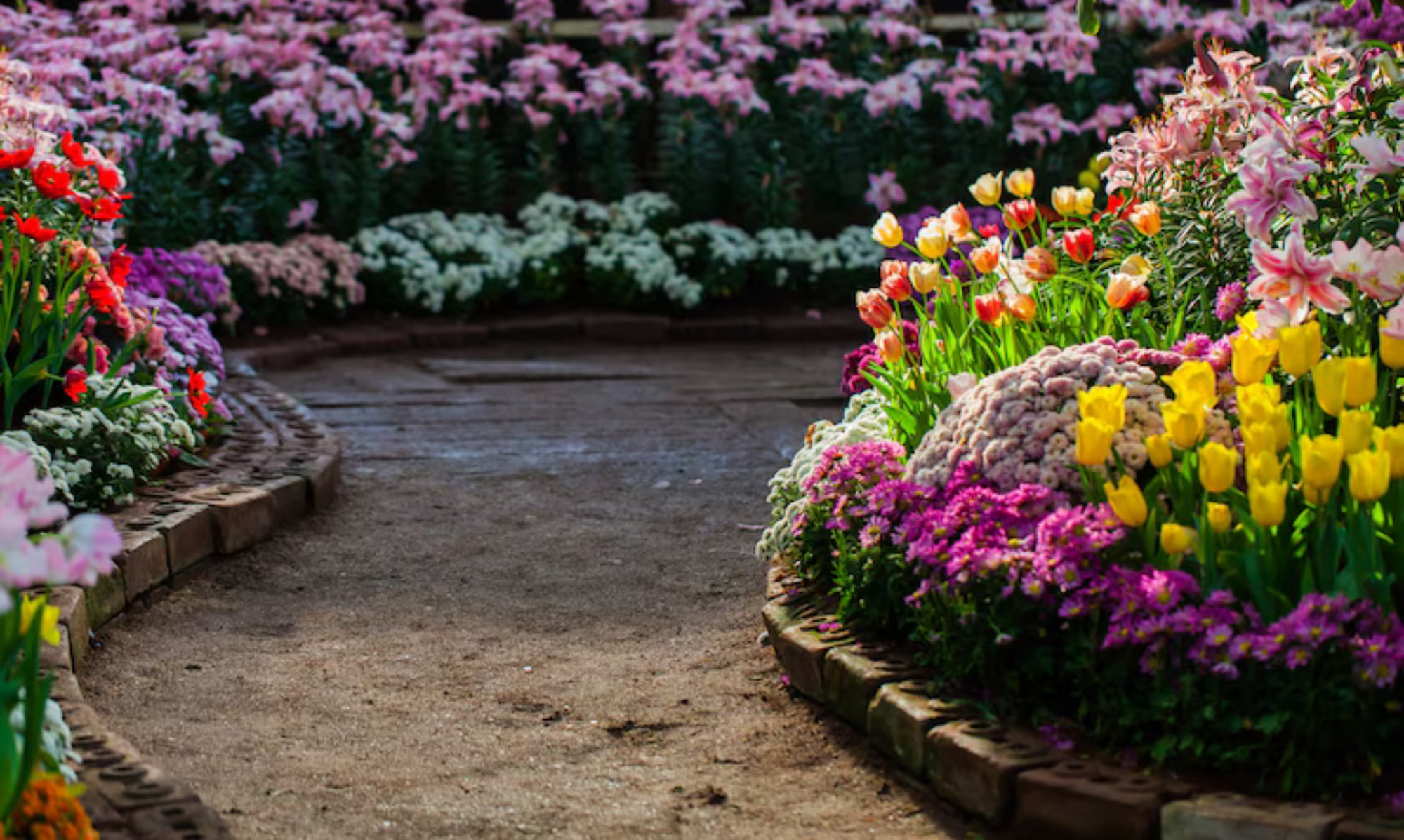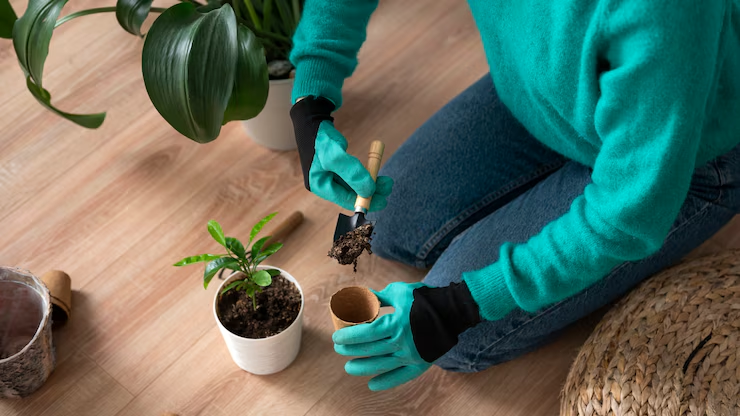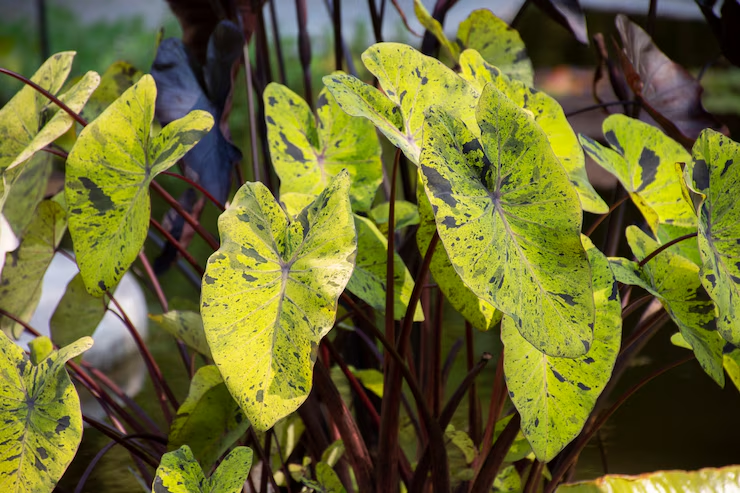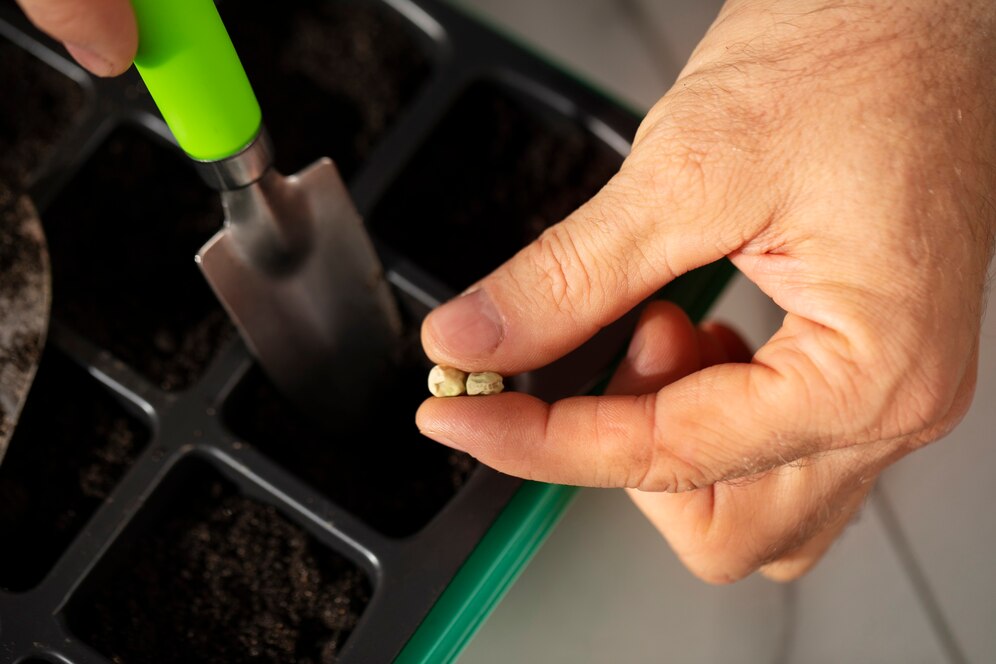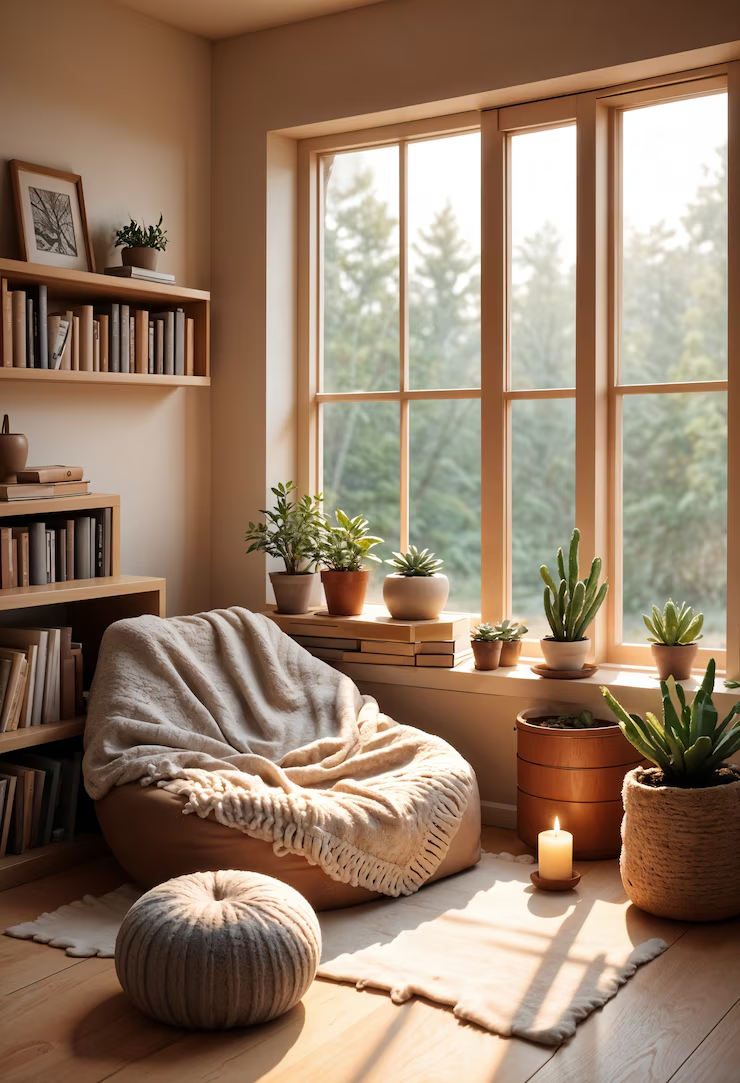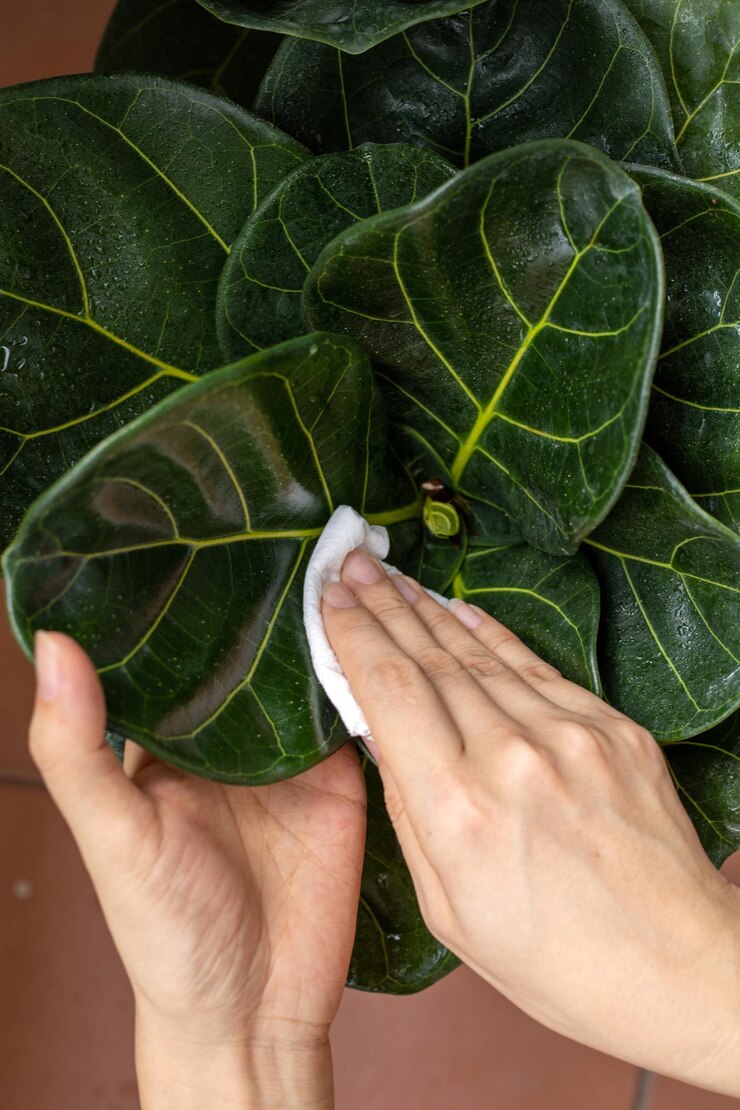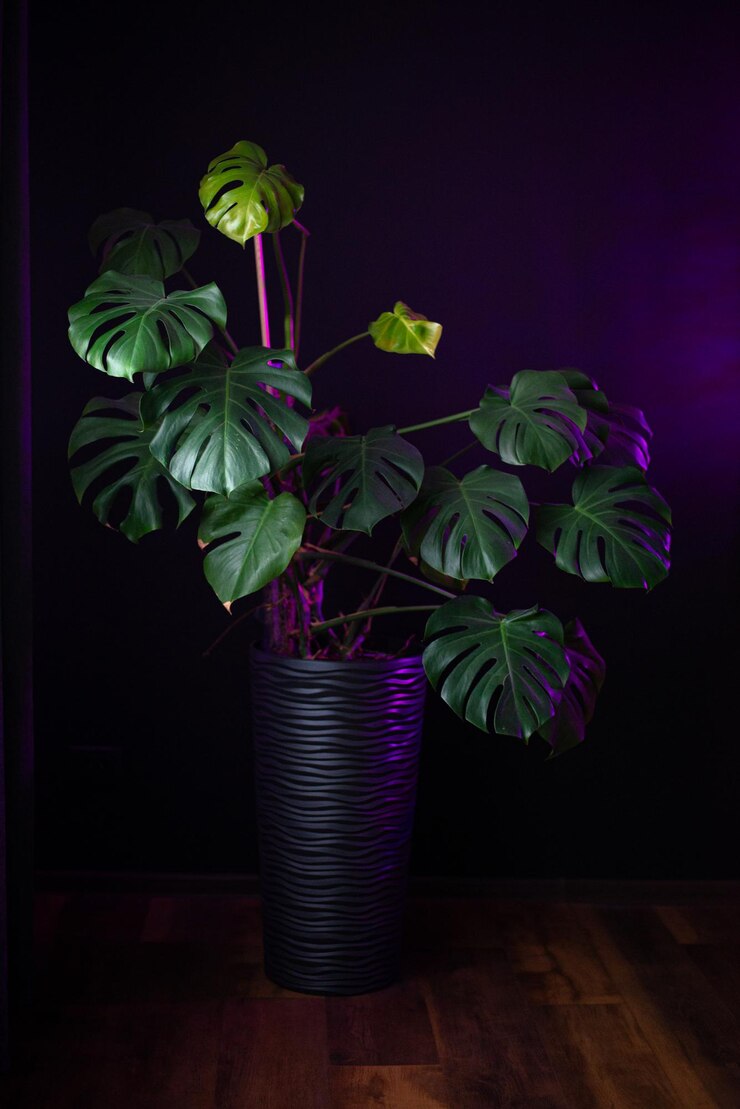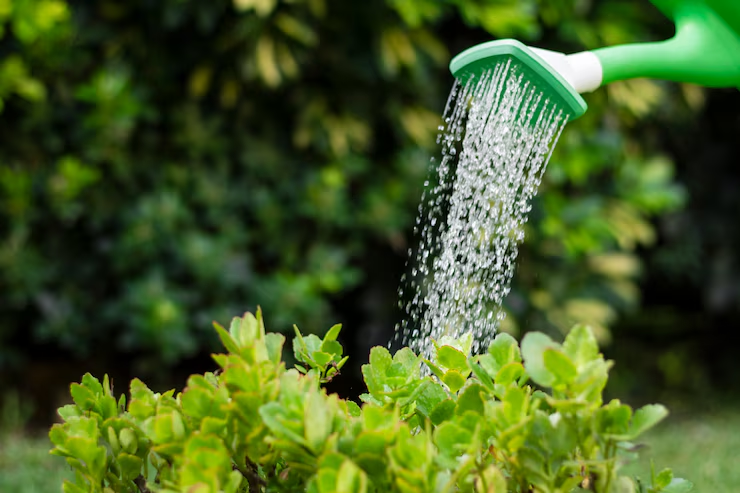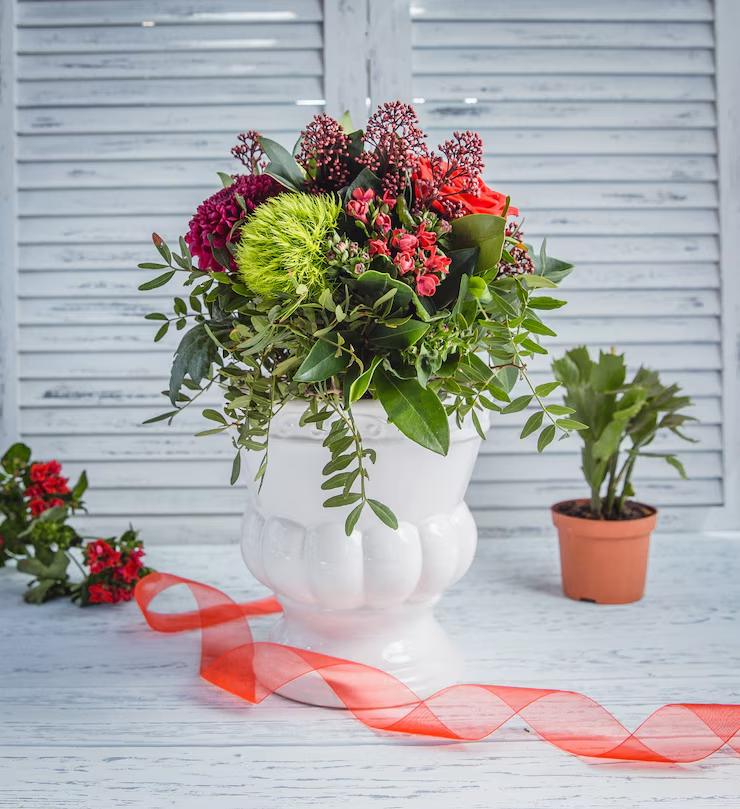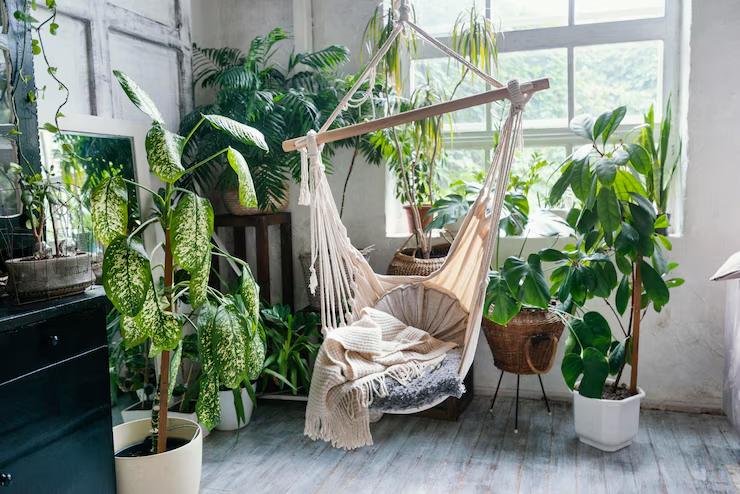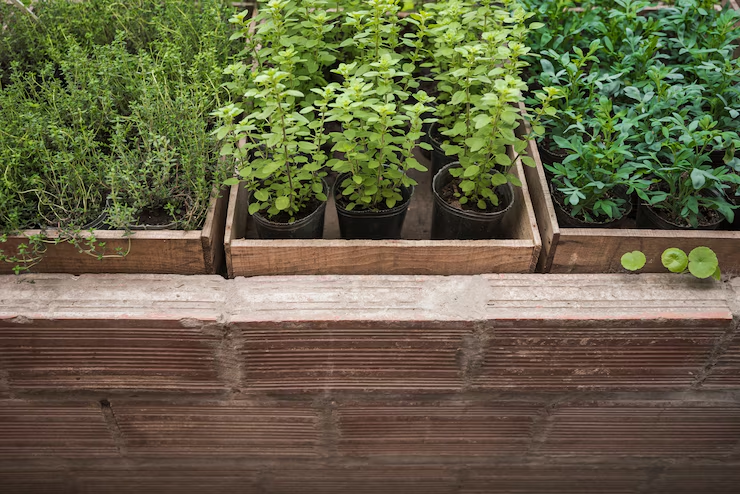If you’ve ever forgotten to water a fern for two weeks—or watered a succulent three days in a row—you’re not alone. Caring for plants should be joyful, not stressful. The secret? A routine that’s realistic, flexible, and tailored to your lifestyle.
In this guide, we’ll help you build a custom plant care routine that makes plant parenting easy, consistent, and sustainable—no matter how busy life gets.
Why a Plant Care Routine Matters
Plants thrive on consistency, just like people.
🌿 Benefits of a care routine:
- Prevents overwatering and neglect
- Makes plant care less overwhelming
- Improves overall plant health
- Helps you spot issues early
- Turns care into a calming ritual
A good routine doesn’t need to be rigid—it just needs to work for you.
Step 1: Get to Know Your Plants
Before building your routine, understand what each plant needs.
Track the basics:
- Plant name (common and/or scientific)
- Watering frequency
- Light preference
- Humidity level
- Fertilizer needs
- Special care (e.g., misting, pruning, dormancy)
Use a notebook, spreadsheet, or app like Planta, Greg, or Flora to organize this info.
Step 2: Categorize by Care Needs
Group plants into care categories based on how often they need attention.
Example groupings:
- Weekly crew: Pothos, philodendron, peace lily, ferns
- Biweekly crew: Snake plant, rubber plant, ZZ plant
- Monthly crew: Cacti, succulents, jade plant
- Special care crew: Calatheas (misting), orchids (monitor for blooming)
This way, you’re not treating every plant the same—or getting overwhelmed trying to remember who needs what.
Step 3: Pick Your Plant Care Days
Choose care days that match your lifestyle.
📅 Ideas:
- “Watering Wednesday” – a midweek habit that’s easy to remember
- “Sunday Reset” – check soil, rotate plants, clean leaves
- “First Saturday” – monthly tasks like fertilizing or repotting
- Mini check-ins – quick glance while making coffee or brushing your teeth
Tip: Pair plant care with a habit you already do—like listening to a podcast or your morning routine.
Step 4: Create a Simple Weekly Checklist
Make a repeating schedule so nothing gets missed.
📝 Sample checklist:
Every Sunday:
- Check soil moisture for all plants
- Water the weekly crew
- Rotate plants near windows
- Wipe dust off large leaves
- Clean up fallen leaves or debris
First Saturday of the month:
- Fertilize (if in growing season)
- Prune or deadhead flowers
- Repot if needed
- Inspect for pests
Keep your checklist visible—on the fridge, a corkboard, or in a digital reminder app.
Step 5: Build Low-Maintenance Habits
Consistency > Perfection.
Easy ways to stay on track:
- Keep a watering can and moisture meter in a visible spot
- Use matching pots with drainage for ease
- Group plants by light needs to simplify positioning
- Use a color-coded tag system: blue for weekly, green for biweekly, red for special care
A few minutes a week can keep your whole plant family thriving.
Step 6: Adjust for Seasons
Your routine will need small shifts throughout the year.
☀️ Spring/Summer:
- More light = faster growth
- Water more often
- Fertilize monthly
❄️ Fall/Winter:
- Growth slows
- Water less frequently
- Stop fertilizing (for most plants)
- Increase humidity if heating dries the air
Update your routine each season for best results.
Step 7: Track and Celebrate Progress
Seeing your plants grow is part of the joy!
Try:
- Taking monthly photos to track growth
- Noting when new leaves appear
- Logging flowering or repotting dates
- Sharing progress on social media or a plant journal
It’s satisfying—and it helps you understand what’s working!
What If You Miss a Day?
Life happens. One skipped watering won’t ruin your plant.
✅ Do a full check when you’re back on track
✅ Don’t overcompensate (e.g., flooding dry soil)
✅ Adjust the routine if it’s too demanding
✅ Stay kind to yourself—plant care is meant to be enjoyed
Make Plant Care Fit You
Your routine doesn’t need to look like anyone else’s—it just needs to work for your life, your schedule, and your space. With a little structure, a few tools, and some weekly love, your plants will not only survive—they’ll thrive.
Let plant care become a moment of calm, connection, and growth. 🌿🕰️💚
